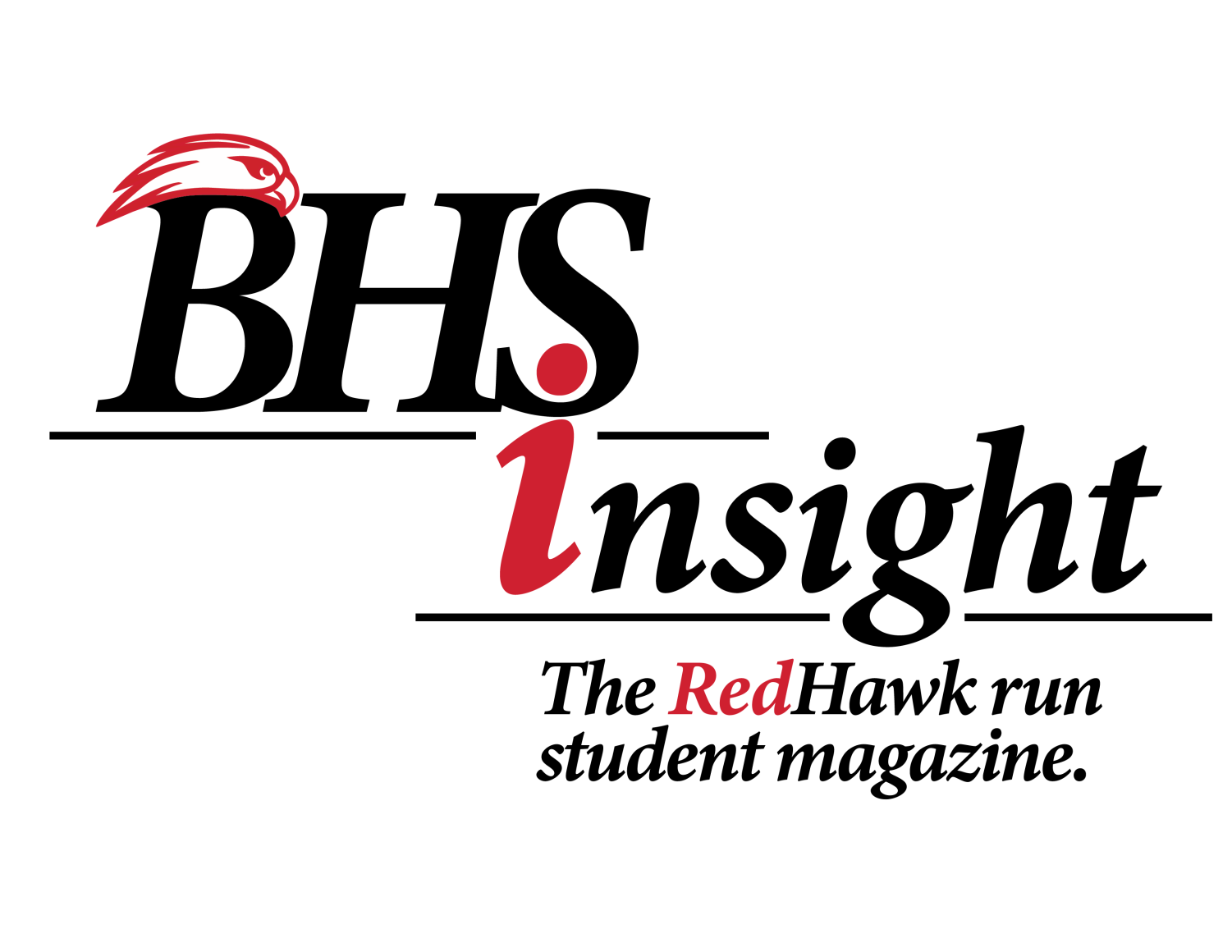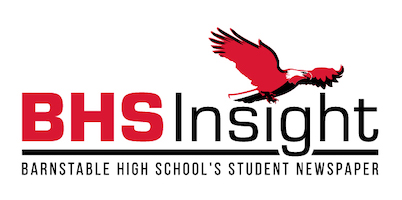Yes
October 25, 2021
The name image and likeness (NIL) era has begun in college athletics. This has brought about some controversy, but I’m here for the rule change.
To start it broadens opportunities for athletes to brand themselves. Since the big stars, such as Zion Williamson, are going to play professionally anyway, understanding brand deals and the ins and outs of the business world is crucial knowledge. So why not start them young?
It also allows athletes who don’t succeed in the pros but were college phenoms, to profit off of their time in the sun. Players such as AJ McCarron and Jimmer Fredette are two examples of athletes who dazzled in college but flamed out at the next level. If they had been able to profit off of their success in college then they would have much more financial security in their future.
Some may argue that those who have signed these deals haven’t played to the level they’re expected to; I believe that’s completely bogus. University of North Carolina Quarterback Sam Howell was expected to regress following the loss of his two star receivers as well as his two dominant running backs.
The biggest impact of this deal though, without a doubt, is the return of NCAA video games. I was too young to enjoy them when they came out, but have been itching to play them. It’s an added bonus to a situation where everyone wins, especially the fans.
This ruling could shift the entire landscape of college sports. We all know that typically the same teams dominate year in and year out, but with this new ruling, legacy might not be the only thing that impacts where a top recruit heads. Large markets along the west coast could see an uptick in recruits “chasing the bag” and that could shake up a system that has become boring at times due to redundancy.

